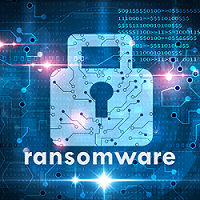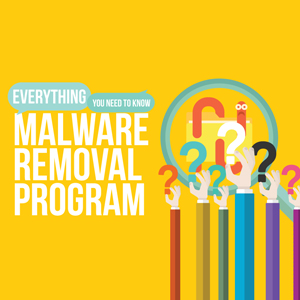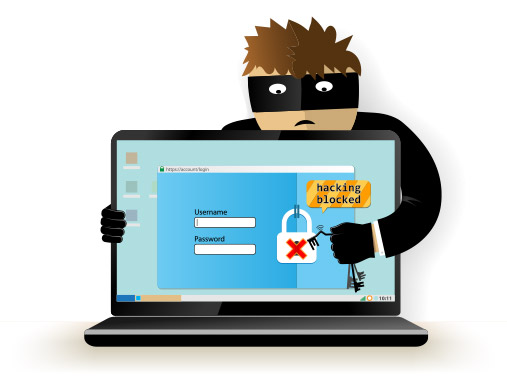Ransomware and how it Ransomware Works
Updated on October 20, 2022, by Xcitium

How ransomware works depends on what kind of ransomware it is. Some ransomware works purely, or mainly, on trickery. Some ransomware, however, really does have the technical capability to damage your computer.
The main kinds of ransomware and how they Ransomware Works
At present, there are three main kinds of ransomware in common use. These are scareware, lockware, and encryption ransomware.
Scareware works on intimidation. It simply displays a frightening message in the hope that the victim will be too scared to argue with it and will just pay up. In actual fact, all you need to do is install a reputable anti-malware program and have it scan your computer.
Lockware is essentially a development of scareware. It works by causing your computer to freeze and then displaying an intimidating message, usually to the effect that your computer has been seized by law enforcement.
The reason it needs to send an intimidating message is that the lock is very easy to bypass. It’s therefore important to frighten the victim to stop them from doing basic common-sense checks to see if the message is valid.
To get rid of lockware, you need to boot up into safe mode and see if you can install a reputable anti-malware program. If you can’t, then you need to restore to a time point before the infection and then install an anti-malware program. For completeness, restoring to a previous time point will probably have dealt with the infection, but you want to be on the safe side.
Encryption ransomware works by encrypting some or all of your data and demanding money for the decryption key. On the one hand, it’s the only form of ransomware with a credible threat. You will genuinely need the decryption key if you need to decrypt your data. On the other hand, if you have a backup of your data, then you can just clean up the infection, restore and move on.
Rather ironically, getting rid of an encryption ransomware infection is usually fairly straightforward. Generally, you just need to install a reputable anti-malware program and have it scan your computer.
Ransomware Works: Protecting your data from an encryption ransomware attack
Any successful encryption ransomware attack is going to result in some level of disruption and downtime. You can, however, keep this to a minimum by making sure you take steps to protect your data if your defenses are breached.
Step one is to make sure that all sensitive data is stored encrypted. This will stop cyberattackers from using Ransomware attacks as a cover for data theft. If your data is stored in the clear there is absolutely nothing to stop attackers from selling it (even if you pay the ransom) or exposing it online to frighten future targets. Both of these are becoming increasingly common side effects of successful ransomware attacks, so it’s important to protect against them.
Step two is to make sure that you have an off-site data backup as well as a local one. This needs to be completely separate from your main system (as in both physically and logically). That way you’re covered if the ransomware spreads to your local data backup as can very easily happen, especially if you use automated data backups.
Ransomware Works: Protecting your system from ransomware attacks
Even though you can protect yourself from the worst outcomes of ransomware attacks, they are inevitably going to be an irritation most companies would prefer to avoid. This means that you can easily justify investing in a robust anti-malware solution with an integrated firewall and backed by a reputable cybersecurity company.
Using an all-in-one product not only tends to work out much more cost-effective than buying separate products, but it also means that all the functions will work together without having to be configured to recognize each other.
For most companies (and individuals), a cloud-based solution is the best option as effective security products need to be updated very frequently. Cloud-based products are updated by the vendor on the server. This saves you the need to keep downloading and installing updates. As a bonus using cloud-based products pushes most of the storage and processing load onto the servers, hence reducing the burden on the local machines.
You also need to commit to keeping your operating systems and locally-installed applications as up-to-date as possible. This means being prepared not only to apply patches as soon as they are released (or very shortly thereafter) but also being prepared to upgrade the operating systems (and apps) you use as they are moved out of support by their developers.
Please click here now to start your free 30-day trial of Xcitium AEP.
Related Sources:
Protect Computer From Ransomware
Ransomware Attacks
Ransomware Protection
Ransomware Removal
Ransomware Virus
ITSM Software
Ransomware Tips



